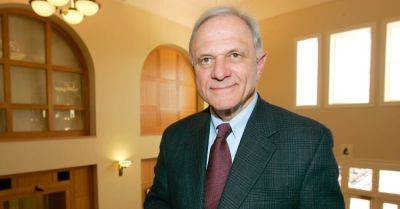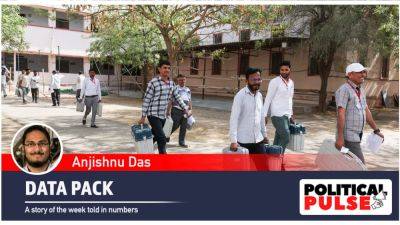As India heads into heat waves, how do temperatures impact voter, candidate behaviour
As the election season heats up, India’s weather won’t be far behind. Earlier this week, the India Meteorological Department (IMD) forecast a harsh and arid summer over a majority of the country, from April to June, with a high probability of heat wave episodes lasting as long as 10 to 20 days in this period – coinciding with polling for the Lok Sabha elections, scheduled from April 19 to June 1.
The general elections in the country haven’t always been held in the summers. Until 1991, when the ninth Lok Sabha’s term ended early necessitating fresh elections, the Election Commission generally scheduled polls in the winter months. In the first elections in 1952, polling was held in January. Just two of the following eight elections went beyond March. But 1991 saw polling dates stretch to June 5.
While the subsequent 1996 elections were held from April to May, the off-cycle polls of 1998 and 1999 were held in February and September-October, respectively. However, since 2004, when then Prime Minister Atal Bihari Vajpayee dissolved the Lok Sabha early, general elections have been on a consistent April-May schedule.
Between 1952 and 2019, India’s annual average temperature hovered between approximately 24°C and 26°C. But the average temperature during polling months has consistently increased as elections have got pushed further down the calendar. If in the the winter elections of 1952, the average temperature during polling was 18.67°C, by 2019, when elections were held in April-May, the average temperature was 29.55°C, with the average maximum temperature at 35.28°C.
Despite the increases in temperature during voting, the national average voter turnout has consistently risen, from just 45.7% in 1957 to a record-high 67.4% in







